Leica is to the camera world what Swiss watches are to the watch industry. For some, it’s luxury and craftsmanship; for others, it’s an overpriced and expensive to maintain tool to go tell you the time.
The Leica M6 is probably the most iconic model of the brand, like the Submariner would be for Rolex.
Is this legendary status deserved, or is it just an overhyped product for snobbish people ?
The brand Leica
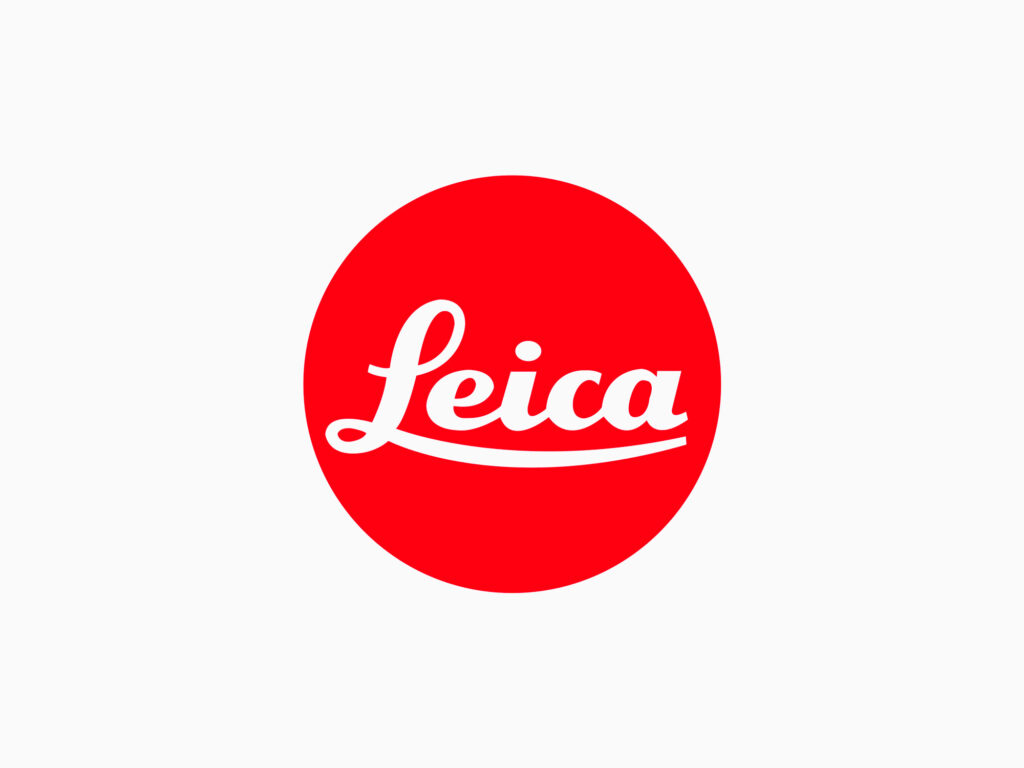
Leica is definitely one of the most prestigious brands in the consumer camera industry. Founded in Germany by Ernst Leitz, the company, like many camera brands, started with optics for microscopes.
What really made the brand one of the pioneers in camera design was the creation of the first 35mm camera by chief engineer Oskar Barnack, which was a real revolution when it came to practicality in stills photography.
OUR TODAY SPONSOR : NEONNIGHT.FR
Leica was always synonymous with best quality, especially at the time of range finders. It was already an expensive item to own at the time, even though most iconic photographers like Henri Cartier Bresson were using one.
The M Series
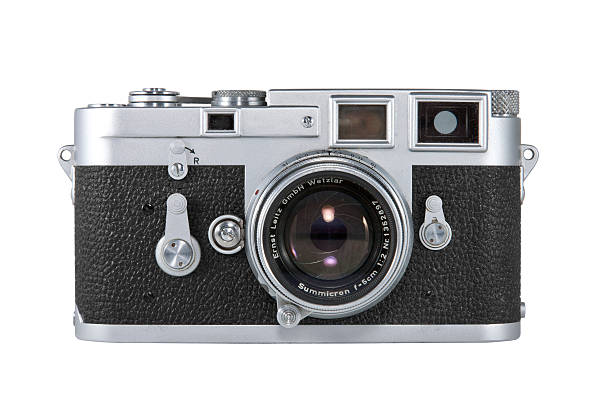
The M Series was an innovative rangefinder that included a viewfinder with accurate moving framelines and a new twist and lock mount.
I think the most beautiful rangefinder of all time must be the classic Leica M3. Perhaps its only downside is the absence of the through the lens light meter.
The first model to get this feature was the Leica M6. That’s why I believe this model is the most popular.
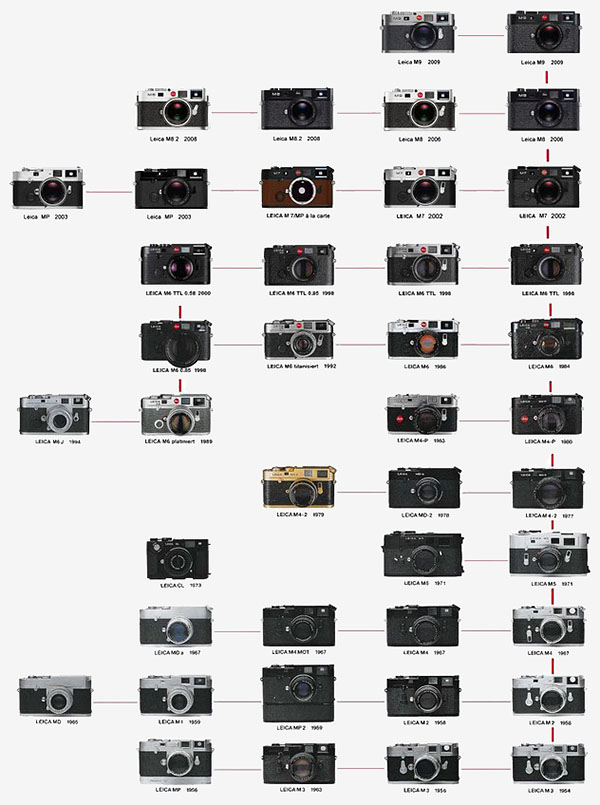
After that, they released an electronic shutter version of it as opposed to a fully mechanical one with the Leica M7.
For people who love mechanical machines, an improved version of the M6 with brass parts and improved mechanics called the Leica MP was released. MP stands for mechanical perfection.
Of course, Leica also embraced the digital age, with its first digital camera, the Leica M8, and later the Leica M9, which used a full-frame CCD sensor.
The last digital M today is the Leica M11, which is honestly very expensive and doesn’t have the mojo of the early versions.
The Leica M6
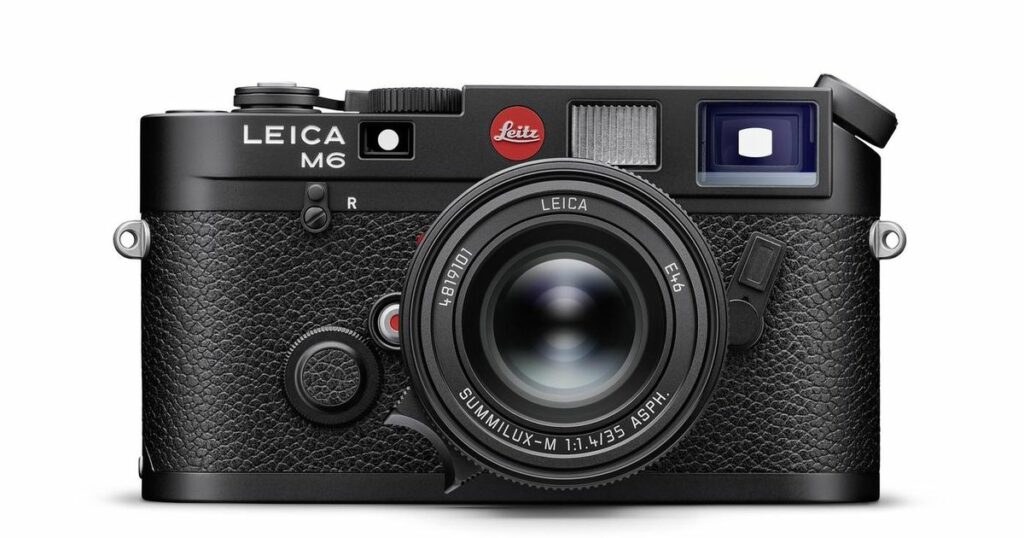
So now we know why the M6 is the most sought-after model of the brand. Because it has all the features you need in a camera without being overly pretentious and expensive like an MP, even though they are becoming increasingly expensive.
I think you can get one today for roughly 4000 euros with a Leica lens, which is the price of the MP five years ago.
The strengths
Rangefinder
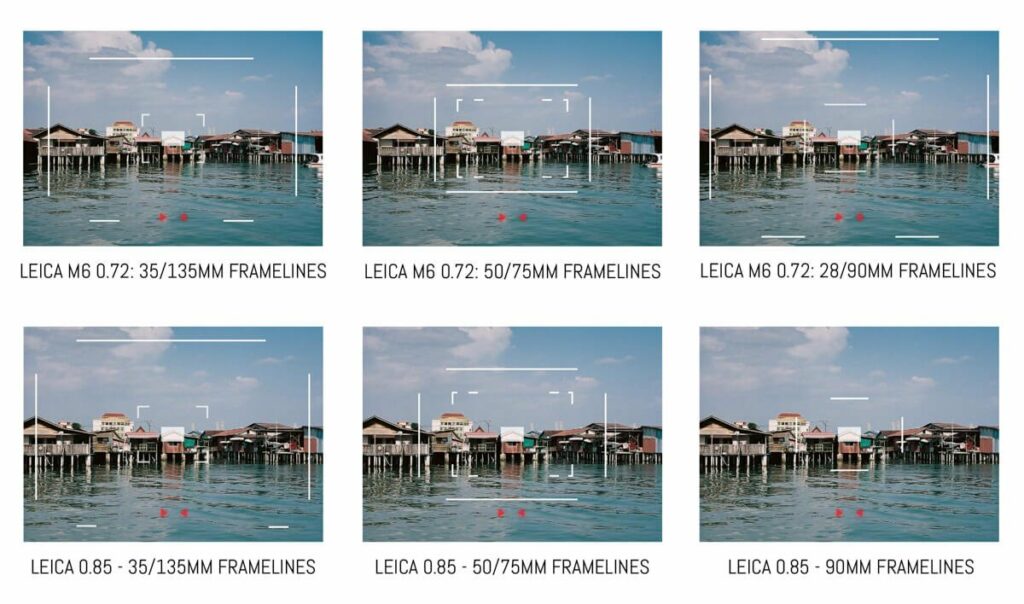
Being a rangefinder, the Leica M6 is particularly good for working on composition and geometry. I’ve always felt like the smaller the screen, the easier it is to work on composition. That’s why it’s easier to compose from the screen of the phone than a DSLR viewfinder.
With a large viewfinder, you can’t see all the frame without having to move your eye around. This is better for portraits or wild life, where the most important thing is to catch some small details.
Fully manual
The fact that the Leica M is still fully manual when it comes to focus and sometimes exposure means that you usually have to preset your settings before shooting.
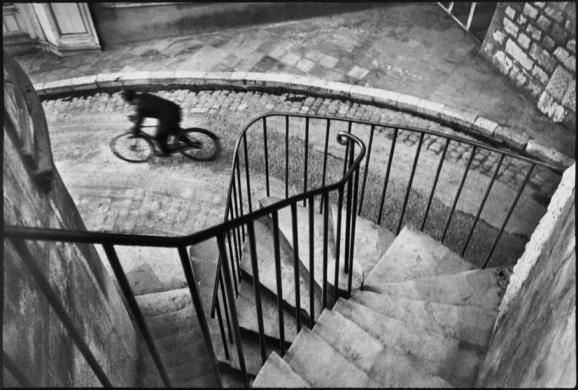
No latency
Manual focus means no delay in acquiring focus and a better chance to get the decisive moment. Even compared to my Sony A7S III, the Leica feels more instantaneous.
Everything is in focus.
With a rangefinder, everything in the frame is in focus, and there are no blackouts caused by the shutter. You are actually seeing the moment you captured.
You can anticipate
One of the most famous pros of the rangefinder is the ability to see outside the frame you’ll capture. It makes it very easy to see whats happening around the frame and anticipate what’s entering the frame.
Size and weight
The camera and lenses are quite small compared to a modern mirrorless, which means it’s much more practical to carry around. These cameras are by no means lightweight. They are still very heavy to the touch and to carry around. But this gives them a sense of solidity.
Lenses
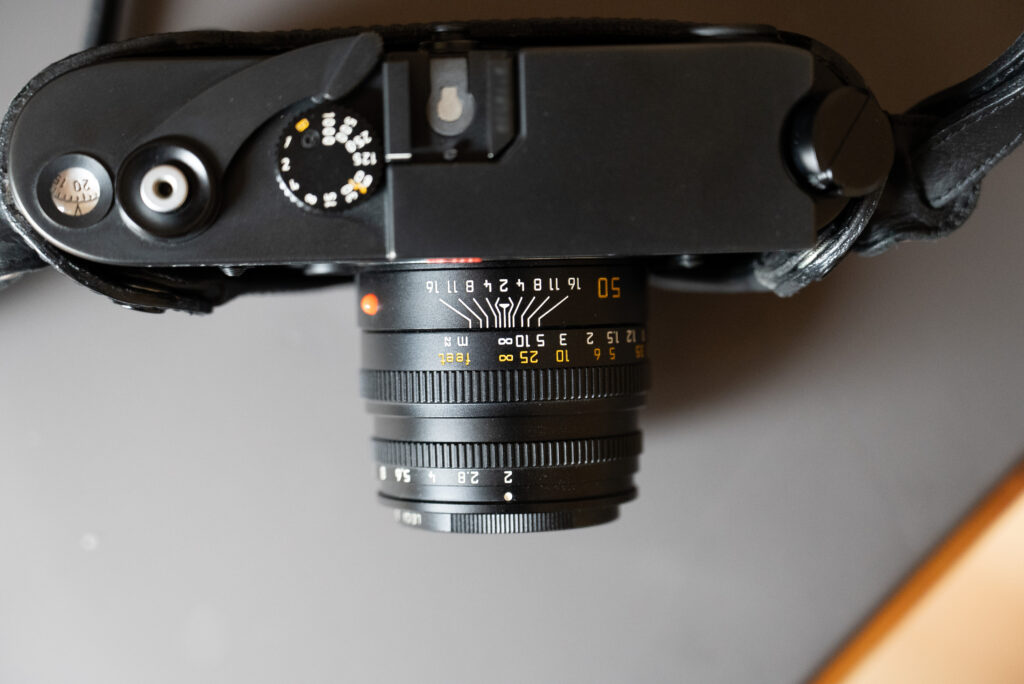
This is technically a mirrorless camera, and the flange distance being shorter, the lenses being manual focus, it makes their design very compact. If you compare my 50mm Summicron to, say, a regular 50mm 1.8 lens for Sony, the size isn’t comparable. The Leica lens can be hidden inside the palm of your hands.
Downsides
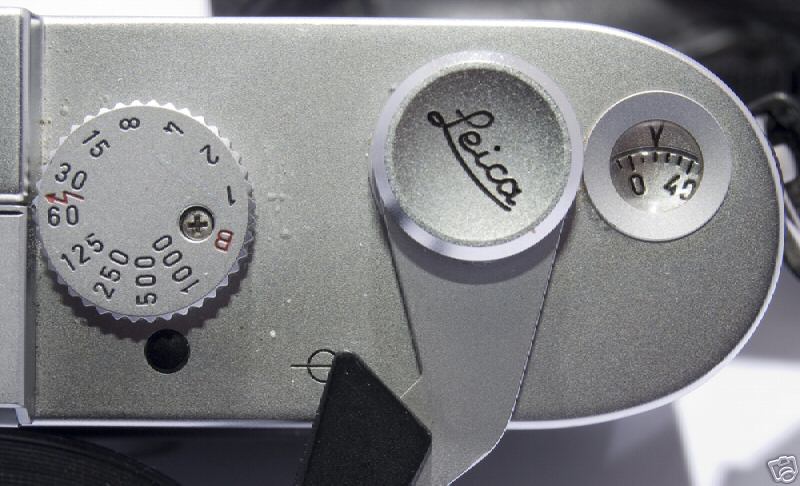
Zinc
Even though I am not a fan of the black-painted MP and find the M6 to look better, brass is better than zinc. My own Leica M6 is the victim of a tiny bit of corrosion on the top plate. It means that this camera is harder to maintain than even some basic plastic cameras. Ouch.
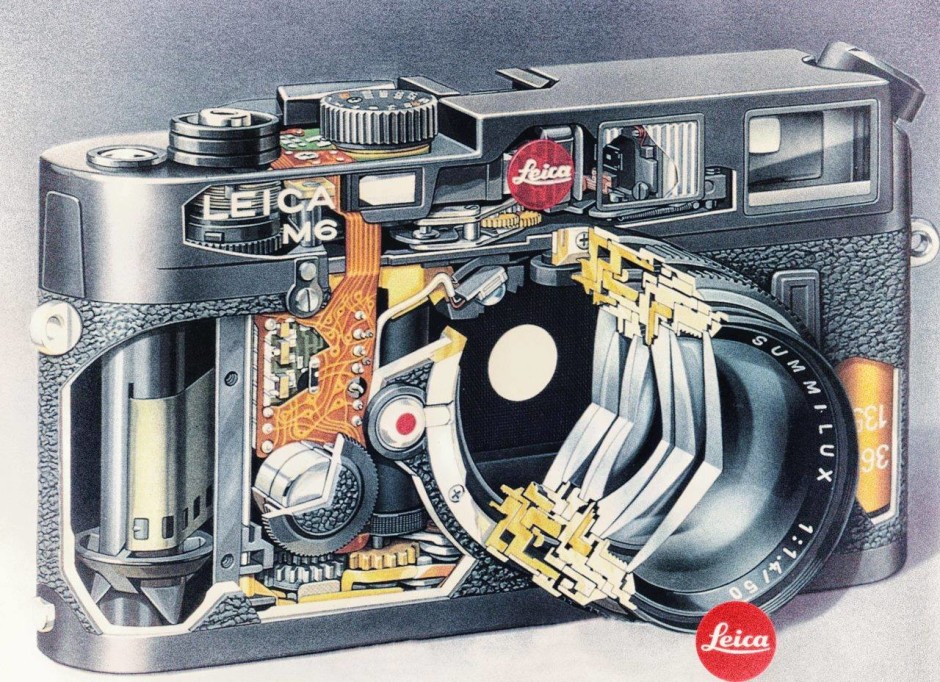
Solid but not unbreakable
If the camera feels amazing to the touch, the fact that these cameras are like clockwork means that they will most likely break internally from a fall, while a Japanese made Canon 7D is pretty much indestructible.
This reminds me of the difference between a BMW and a Toyota. BMW feels expensive, but Toyota is by far the most reliable car.
Expensive
It’s more like a piece of jewelry that you have to babysit if you want to keep its value up.
The price of film is not cheap, especially in Europe, while digital is free. The shutter speed of the camera is limited to 1/1000s, which means without a ND filter, most pictures will be shot with a high aperture.
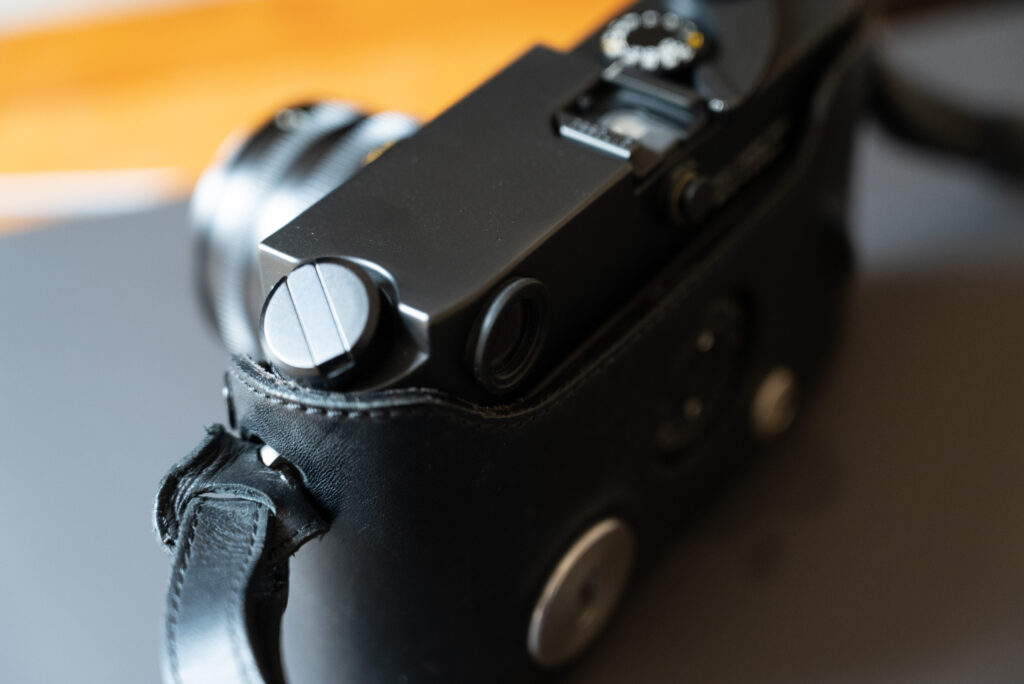
Design
The rewinding knob is so much more practical than the one used on the M3 or MP. But when it comes to design, I feel like the regular knob looks better and more flushed with the minimalistic design.
Not the best for portrait
Rangefinder, manual focus, low maximum shutter speed, expensive fast lenses, small frame lines with telephoto lenses—all of these characteristics are not adapted to portrait photography. You can still take some portraits, but you’ll have to focus on meaning rather than visuals.
No zoom lenses
The fact that you don’t see through the lens makes it hard to use any kind of zoom lens. These types of cameras are better paired with standard prime lenses.
The experience
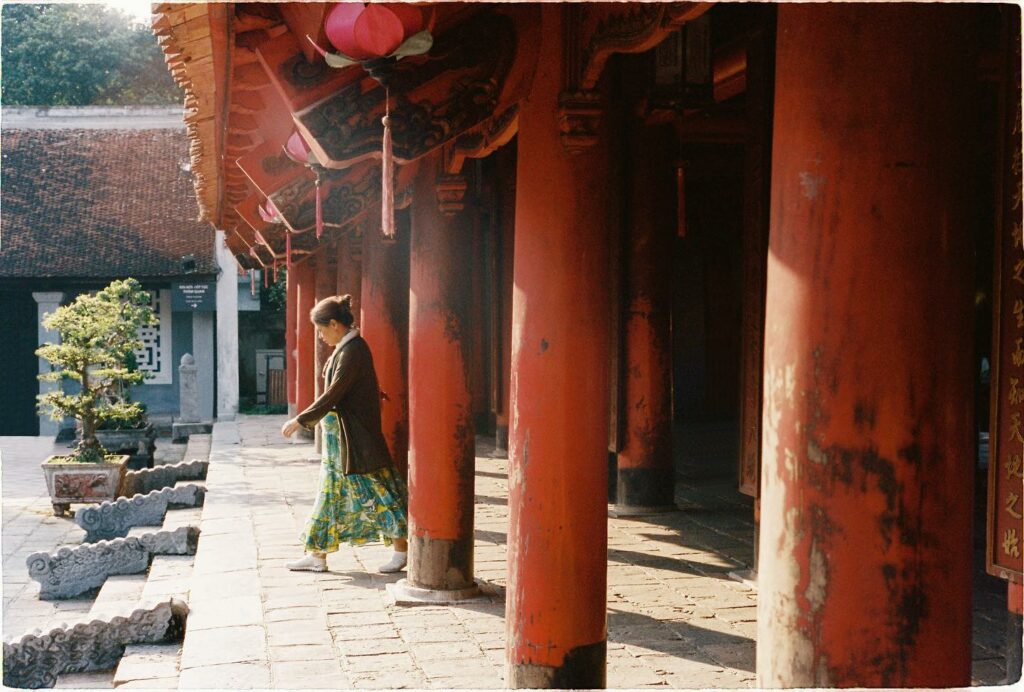
Owning a Leica is all about the experience. Being so simple and basic in its ergonomics, it really makes you enjoy the process of taking a picture. You can feel with your hands the weight of the camera, the smoothness of the levers, and the shutter. It’s quite an experience, much better than what I’ve felt with an Hasselblad 500 C/M, for example.
I have to say it’s the best camera I’ve used when it comes to experience. I used all kinds of cameras, from Canon DSLRs to the new Sony Alpha cameras.
It’s the camera that connects you to the process, to the present, and therefore to the pleasure of practicing photography.
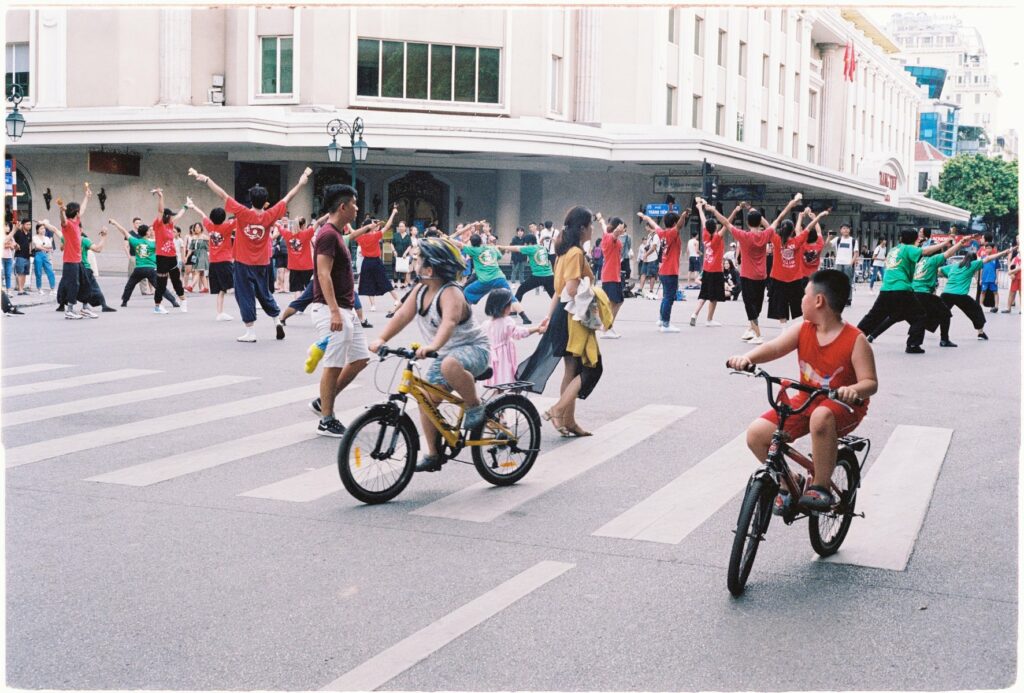
If I had to make an analogy, using a Leica M6 would be like using a Steinway & Sons piano versus using AI to generate music with a Sony A7S III.
Both can get you results, and the A7S III will probably yield better performances, but the way you connect with the process is not as engaging.
Films compared to digital have kind of the same feel. If digital pictures are clean and look more realistic in some way, retouching film’s pictures feels much more involving and concrete.
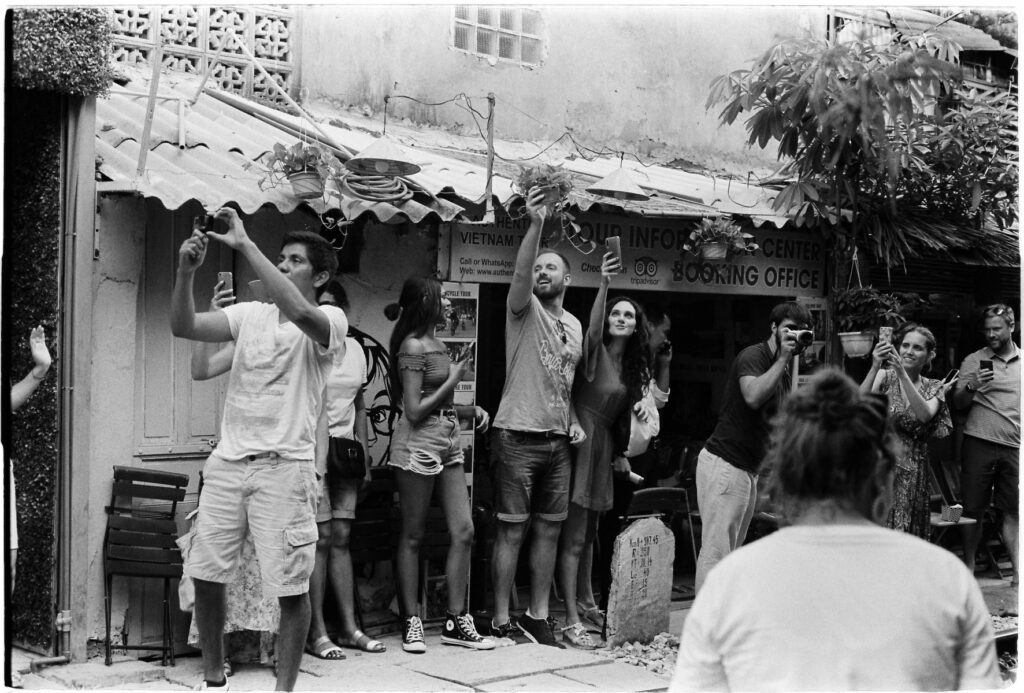
I think this type of camera is best for street photography, which involves walking around and being open to seeing something interesting. It’s quite an amazing activity; it makes you travel and seek out new experiences, but most of all, it keeps your eyes, heart, and soul open to witness the beauty of life.
You’ll feel like a hunter chasing for amazing pictures, but instead of chasing for lush visuals, you’ll look for meaning and composition.
Samples using a Noritsu HS-1800
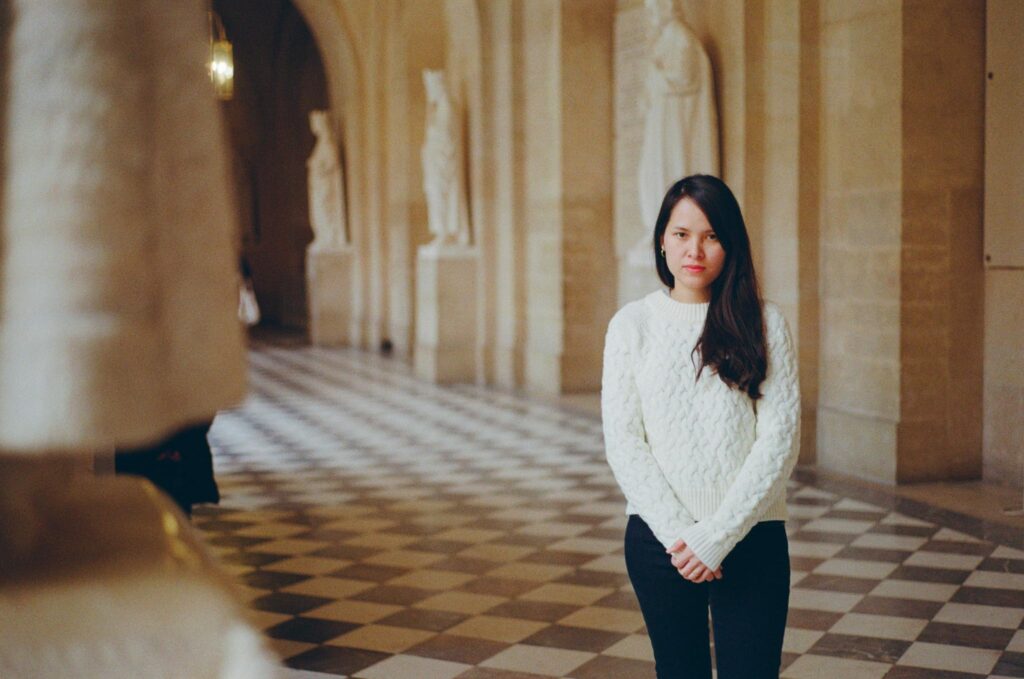

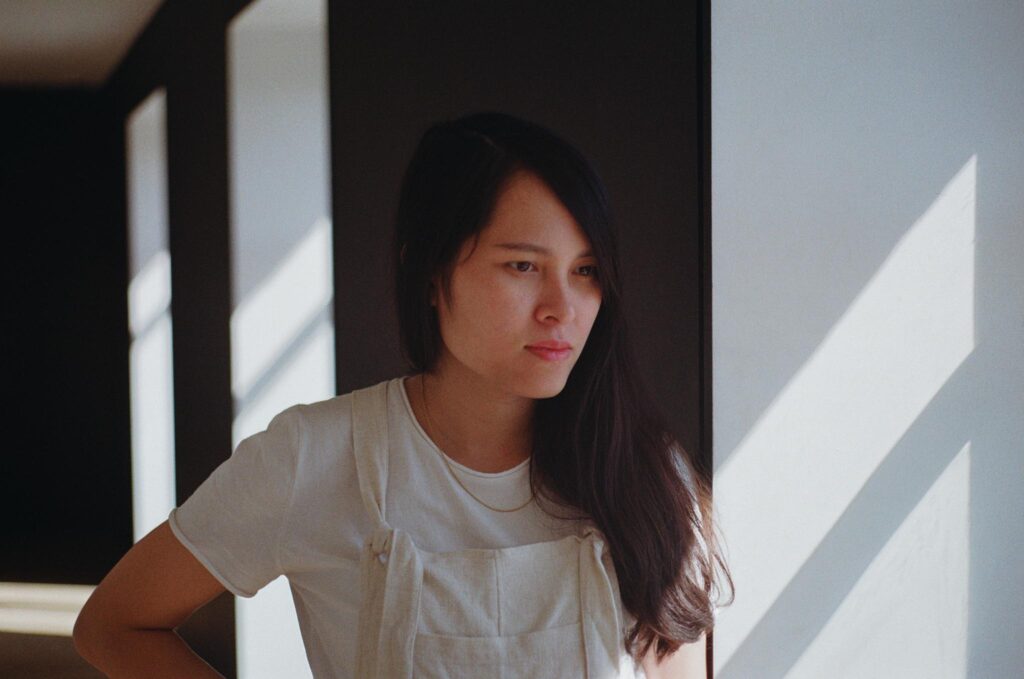
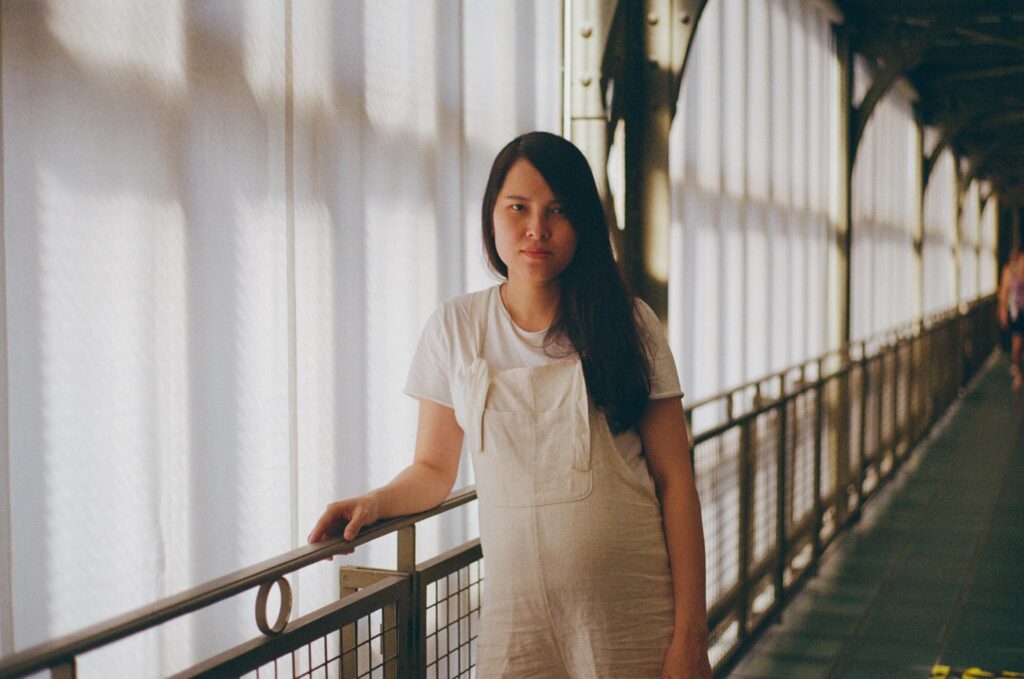
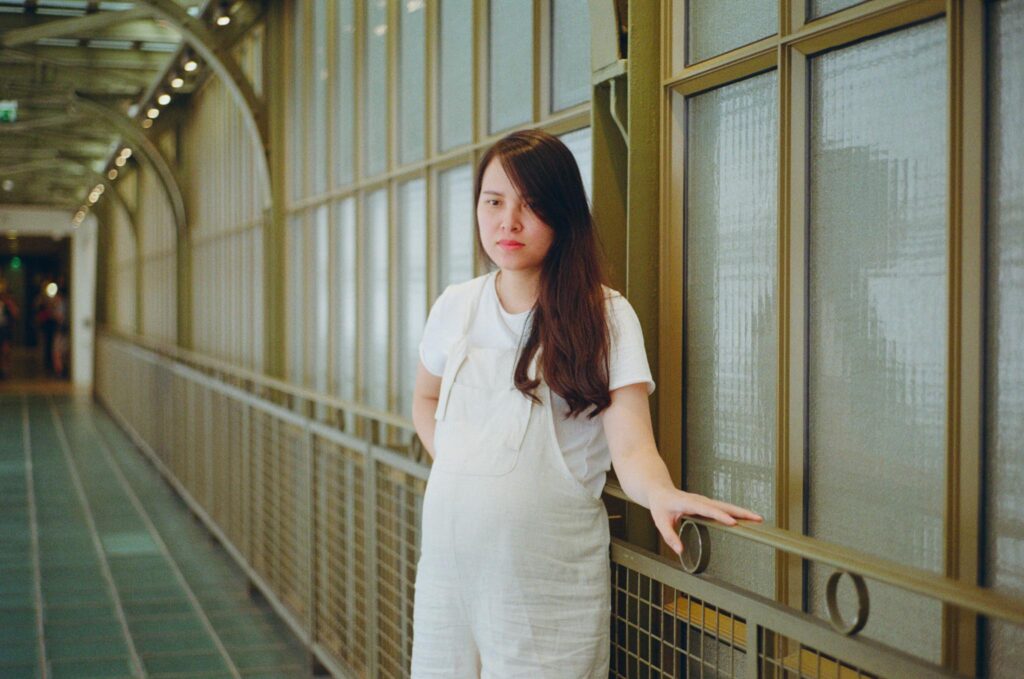
Verdict
8.9 out of 10
Owning a Leica is like owning an old collection car. Sure, it’s going up in value, and it feels very engaging and raw compared to modern technology alternatives, but the truth is that they also have downsides.
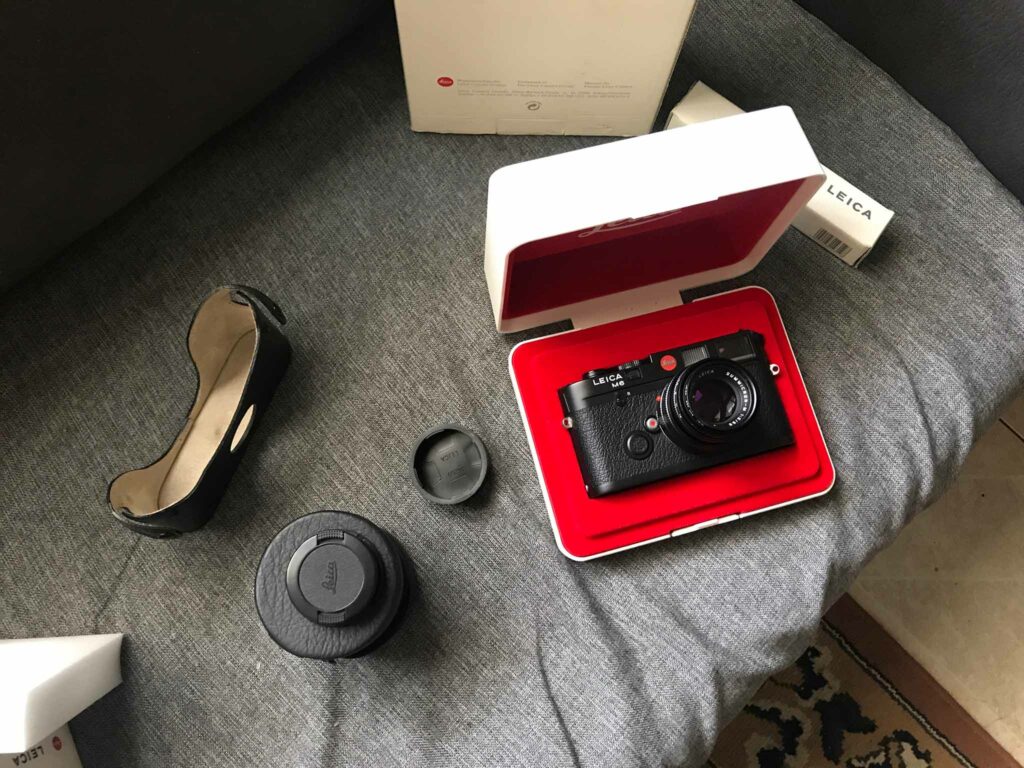
You can’t drive this collection car every day if you don’t want to scratch it, and your M6 can’t compete with your modern DSLR for everyday tasks since it’s not as fast and convenient. It’s more of a pleasure you give yourself to be inspired by the process.
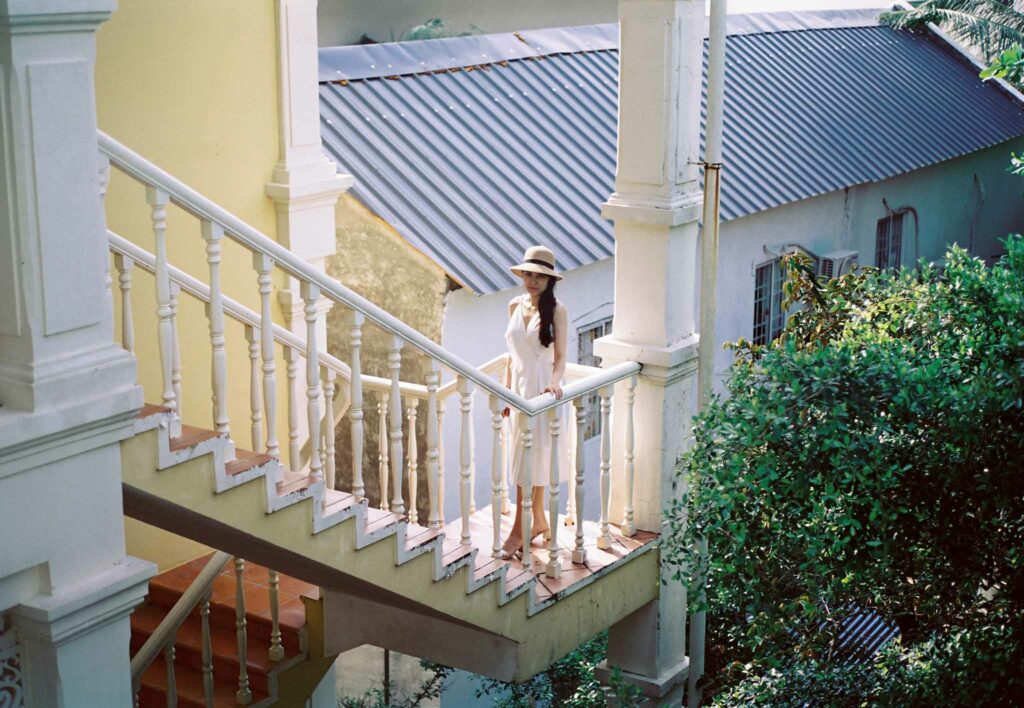
Getting a good picture with a DSLR and getting a good picture with a Leica M6 can’t compare at all. It’s much more difficult to get a lush picture with an old rangefinder, and maybe that’s why it’s so much more rewarding as a result. But I think it’s in a way easier to focus on content and composition with this type of camera since you don’t fuss too much around with aperture.
OUR TODAY SPONSOR : NEONNIGHT.FR
I can’t recommend anyone buy a Leica M6. It’s just not the most practical or versatile piece of gear around, but for the people who already own one or many cameras, why not enjoy the experience?
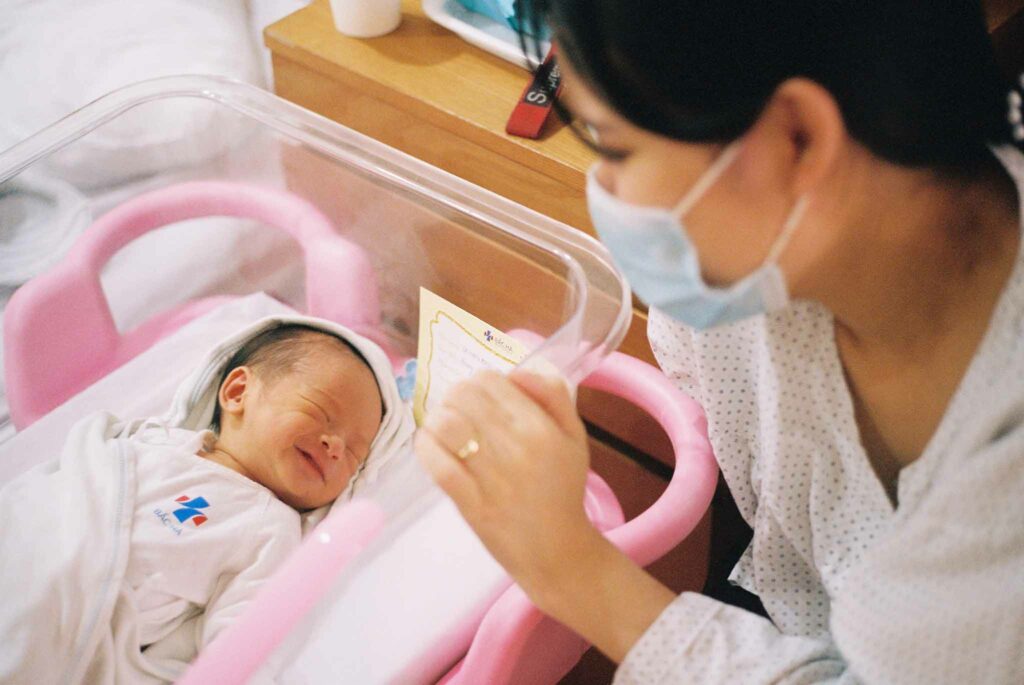
Like me, you can get one used and sell it at a higher price. To be honest, it’s better than holding on to digital cameras.
I would recommend you choose a new M6 with a brass top plate, a TTL, or go directly for a MP so you don’t have to worry about corrosion.
Leica M6
Website : https://leica-camera.com/fr-FR/photographie/appareils-photo/m/m6
Facebook : https://www.facebook.com/LeicaCameraFrance/?locale=fr_FR
Photography services : https://www.neonnight.fr/en/still-photography



GIPHY App Key not set. Please check settings